Some children see Him lily white, with tresses soft and fair.
Some children see Him bronzed and brown, The Lord of heav'n to earth come down. Some children see Him bronzed and brown, with dark and heavy hair.
by Wihla Hutson and Alfred S. Burt, 1951
Nobody now living really knows what Jesus looked like. The closest thing we have to a physical description in the Bible is the messianic prophecy of Isaiah 53:2, “He had no form or majesty that we should look at Him, and no beauty that we should desire Him.” Which generally is interpreted to mean that the Messiah would have no distinguishing physical features and be an ordinary-looking man of His time, and norhing in the New Testament contradicts this.
Nevertheless, we have a picture of Jesus on one wall of our preschool. It is a framed copy of a poster that someone found, and is clearly an imitation of Warner Sallman` s “Head of Christ.” Even if you have never heard of Warner Sallman (1892-1968), rest assured you have seen this picture somewhere. More than a billion copies of the painting have been reproduced and distributed around the world. Newsweek magazine reported on July 9, 2007.
Warner Sallman was born in Chicago to parents of Swedish/Finnish immigrant background. Inspired by the Christian art of Gustave Dore, Sallman was trained as a commercial artist at the Chicago Art Institute. Sallman worked as a freelance illustrator, producing religious imagery for a variety of publications.
| The Head of Christ painting by Warner Sallman, 1941. (Photo credit: Wikipedia) |
Sallman`s artistic technique was well-suited to mass reproduction. He claimed to have used no model, yet the painting skillfully mimics the portrait lighting e ffects of a modern photographic studio. This produced a style that was to an extent, casual and accessible to many people. At the same time, it was a reverent and dignified portrayal of what Jesus might have looked like.
Well, what He might have looked like had He been a dark-haired Swede. Some have criticized the work for this reason, yet here I am musing over how Sallman s portrayal of Christ certainly does not look Latin American and yet it is instantly recognized as “Jesus” in Venezuela.
Or, perhaps I should say the picture does not fit my preconceived idea of what a Latin American looks like. But even as the reality of Jesus Christ is larger than Warner Sallman`s personal vision, the reality of Latin America is larger than what I was brought up to think as well. Once when I was a boy, my family visited Ciudad Juarez, Mexico, but Ciudad Juarez is not all there is to Mexico. Years later I was surprised to hear a young man from Mexico City declare how much he enjoyed fish prepared in “the Norwegian style.” He was, of course, talking about lutefisk, a dish that was considered a delicacy by my ancestor, but for which I have never acquired a taste.
Furthermore, Venezuela is not Mexico. Unlike Mexicans, for example, Venezuelans generally do not like spicy food. Here, “salsa picante” means something that tastes like pesto, and “salsa roja” often means Heinz 57 ketchup (which may be served over tuna). Luz Maria, tells me Mexican movies and music are more popular in Venezuela than Mexican food.
Perhaps Sallman`s “Head of Christ” does not look exotic to the 11,500 Venezuelans of German ancestry. Or to the 10,000 Ukrainian Venezuelans, the 8,900 Polish Venezuelans, the 5,000 Russian Venezuelans, or the 1,700 Romanian Venezuelans. I obtained these figures from the Joshua Project, an organization which tracks ethnic groups around the world, and keeps tabs on which have the most and which have the fewest professed Christians.
There is a much greater representation of southern European and Mediterranean ethnic groups: 384,000 Venezuelans of Italian ancestry: 269,000 Portuguese; and 89,000 Spaniards. In contrast, Venezuela has a rather low proportion of full-blooded indigenous peoples compared to other Latin American countries. The largest tribes are the Warao (39,000), whose ancestral homeland is the Orinoco River delta in eastern Venezuela, and the Wayuu (230,000), who are concentrated on the shores of Lake Maracaibo on the far western edge of Venezuela.
Venezuela has had close ties to the Middle East for many years because of its involvement in the Organization of Petroleum Exporting Countries (OPEC). There are 136,000 Venezuelans of Arab descent, both Muslim and Christian, 30,000 Turkish Venezuelans and 12,000 Venezuelan Jews. In fact, in Caracas the main synagogue, central mosque and San Charbel Maronite Church lie in close proximity to each other. The Maronites are an ancient Christian sect that originated in Lebanon and Syria.
Venezuelans categorize each other as “white”, “brown” or “black” (a color scheme that excludes Venezuela`s 30,000 ethnic Chinese). This classification is rather subjective, depending on how light-skinned you think a person has to be in order to be “white”, or how dark they have to be in order to be “black.” However, it would be fair to say the majority (perhaps 75 to 80 percent) of Venezuela's 29.891,000 people are a ethnically indistinct mixture of European, African and indigenous blood.
Many indigenous tribes perished from disease, famine or the harsh conditions of enslavement under Spanish rule. The more nomadic tribes of Venezuela s Amazonian region retreated further into the rainforest. However, because the Spanish conquistadores typically did not bring wives with them to the New World, so they would father children on a series of native women. Often the offspring of these unions would be recognized and provided for by their fathers.
The importation of African slaves began in 1528 and continued until the beginning of the 19th Century. Even at its height, Venezuela's African slave population comprised only 1.3 percent of the total slave trade in the New World, compared with 38.1 percent for Brazil, 7.3 percent for Cuba, and 4.5 percent for the United States. Upon gaining independence from Spain, Venezuela in 1824 passed a law stating that all children born, whether of slave or free parents, were automatically free. Even before this, the offspring of Spanish masters and African slaves often was freed and might even have received some education and been named beneficiaries in the father's will. By March 24, 1854, the date of slavery's official abolition in Venezuela, less than 24,000 slaves remained. Not only did Venezuela abolish slavery before the United States, it did so without fighting a civil war over the issue and there never was a period of strict racial segregation. Persons of mixed race were not automatically considered outcasts.
This does not mean Venezuela is, or ever was, a paradise of racial/ethnic equality and harmony. Until the late 20th Century, Venezuela had a class system in which members of the upper crust generally were lighter-skinned with more classically European features, while darker skin and non-European features were associated with the poor and uneducated. Even this system has been breaking down under the pressure of rapid urbanization and increased immigration following the great wars of the 20th Century. But the racial/ethnic lines were never that firmly drawn to begin with.
 Because of this history, Venezuelans look at racial/ethnic identity than North Americans. Perhaps it is not so important to them just what Jesus looked like. Certainly it is more important for everyone to know Jesus as Lord and Savior through baptism and the Holy Scriptures, and many in Venezuela do not. All of our attempts to picture God fall short of His glory, yet through faith we will in the end, see His true face.
Because of this history, Venezuelans look at racial/ethnic identity than North Americans. Perhaps it is not so important to them just what Jesus looked like. Certainly it is more important for everyone to know Jesus as Lord and Savior through baptism and the Holy Scriptures, and many in Venezuela do not. All of our attempts to picture God fall short of His glory, yet through faith we will in the end, see His true face.





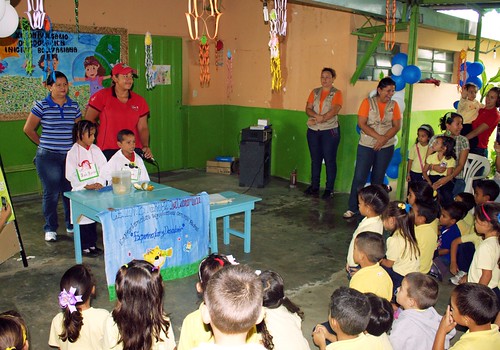




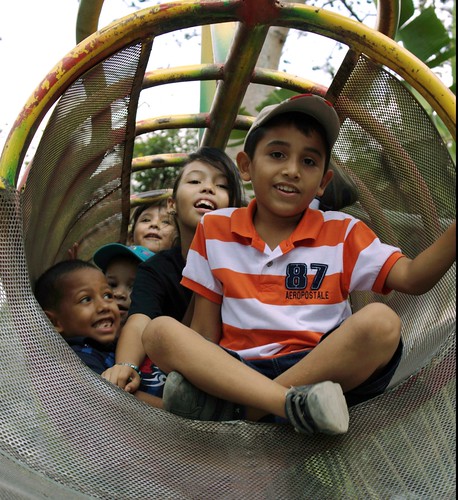







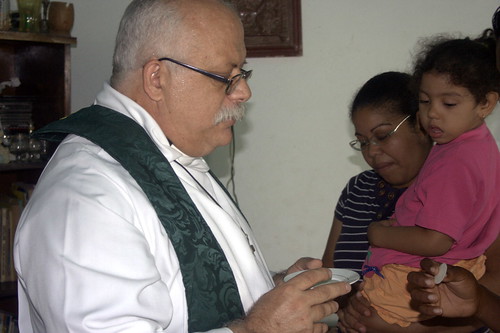
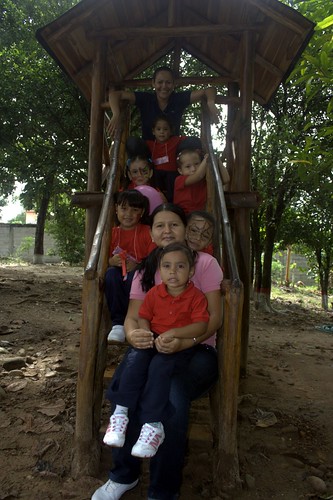
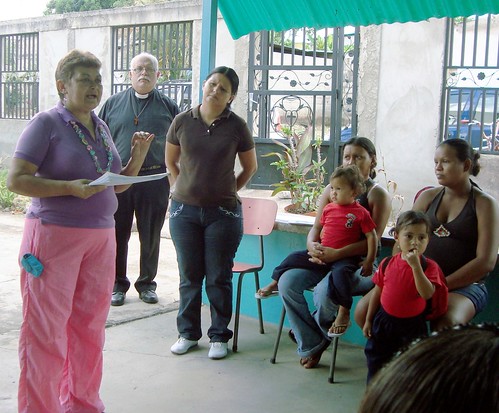
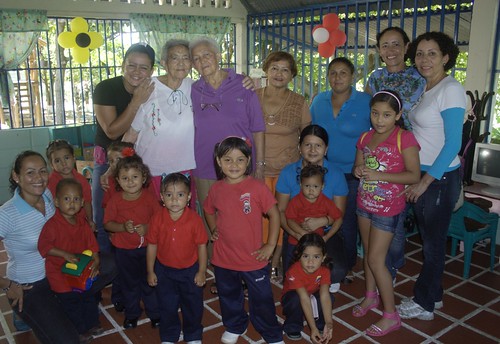


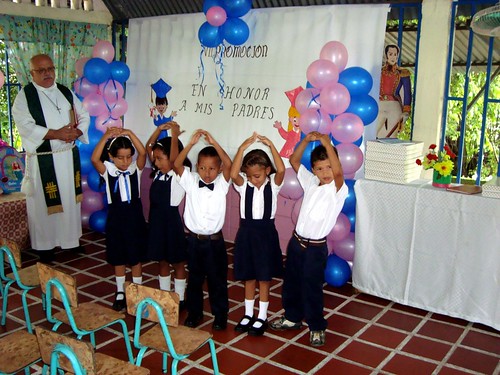



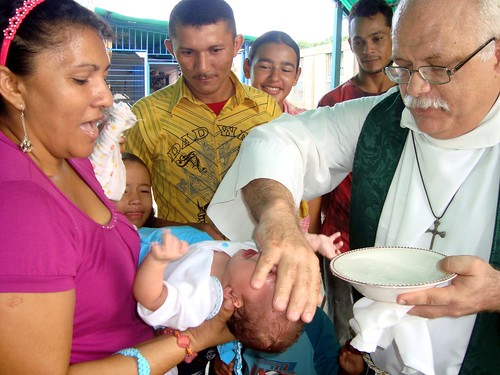
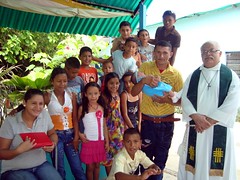
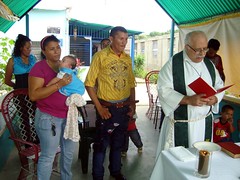
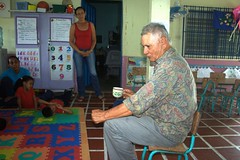



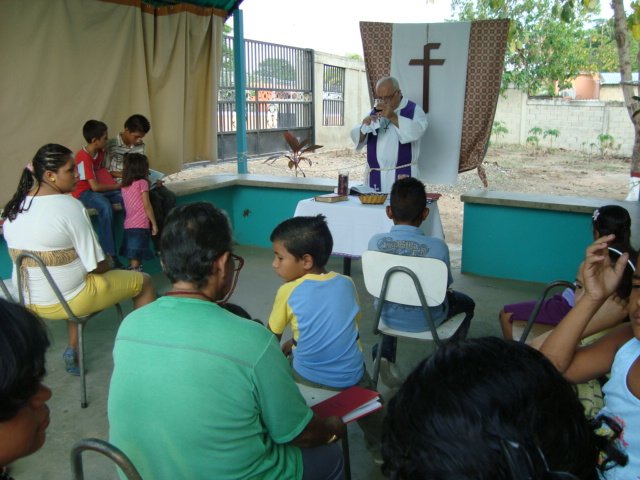

![Reblog this post [with Zemanta]](http://img.zemanta.com/reblog_e.png?x-id=b29f4622-4df4-489d-8ad9-ca9358a3eee2)




![Reblog this post [with Zemanta]](http://img.zemanta.com/reblog_e.png?x-id=ebb7df21-2ee5-4238-8b64-32fcb4e69e5b)





![Reblog this post [with Zemanta]](http://img.zemanta.com/reblog_e.png?x-id=150ac9e3-5190-4c37-8337-6e4564b64b15)